Obituary of the lost devices
Every week we hear about the next device, discontinued due to "commercial unattractiveness." The manufacturing company has invested millions of dollars in the development, but the moment has come when the old product no longer yields a profit - and the object is erased from reality, although it could still benefit humanity.
The editor of the magazine Make: Online Phillip Torrone (Phillip Torrone) appealed to commercial companies with a call to donate old and unnecessary projects in open source.
Torrone gives a lot of examples when discontinued devices could get a second life, but his article with examples is more like an obituary. It is unlikely that someone from the manufacturers will agree to give their product, even if it is dead from the archive, because this contradicts the basic principles of business. Very rarely some companies experience such “enlightenment” (for example, Nokia was going to give Symbian to open source after the end of the business cycle of this project), but these are rather exceptions to the general rule, or they can change their mind and cancel their decision.
So, to the list of the untimely dead, whose death is especially sad.
')
Sony AIBO robots : discontinued in March 2006. A whole family of various toys, since 1999, more than 120,000 pieces have been sold. For many, these were examples of how robots can live alongside humans and bring joy.
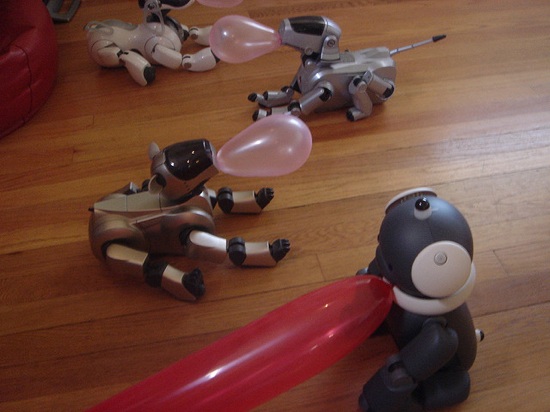
However, the company was frightened by the first cases of modding and hack Aibo and decided to kill the project in 2006 with the aim of "improving the profitability of the business."
The humanoid robot Sony QRIO , listed in the Guinness Book of Records as the world's first two-legged robot capable of running: it was announced that production would stop on January 26, 2006, and the model never went on sale.
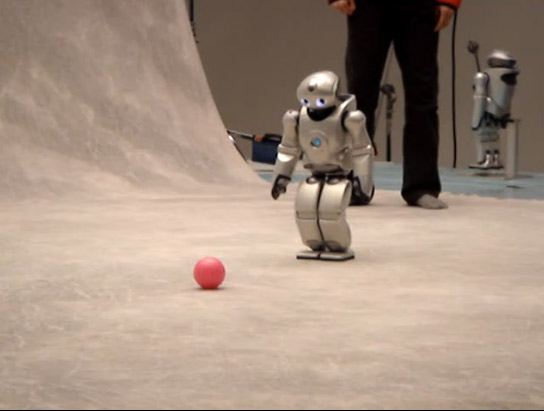
Together with Aibo, these projects took decades of research and development. If they had passed into the public domain, Sony’s reputation would have risen to such a level that none of the saddest events could have changed that (by the way, about the recent data leak of 75 million Sony PlayStation Network users).
IBM Deep Blue : although this is a controversial example, because the product was non-commercial, but still it was the first chess computer that won Man (with a capital letter not because it was Kasparov, but because it was the best representative of the human species in chess on that moment) .

Although IBM is as friendly as possible with the Open Source community, it never showed the source code for Deep Blue. But now it has already been more than ten years, probably already possible?
Ricochet Wireless : even before the advent of 3G, WiFi and other technologies, the American company Ricochet has already (since 1994) tried to deploy a global infrastructure for ubiquitous wireless Internet access. Unfortunately, at that time the broad masses of the population still did not understand their happiness, it came to them only ten years later. Ricochet ceased to exist in 2001 by an unfortunate coincidence (the parent company went bankrupt), although Ricochet’s tariffs and coverage in some regions were already much better than the tariffs and coverage that current US cellular operators provide. Just imagine: anlim 128 kbps for $ 29 per month - this is in 1999!
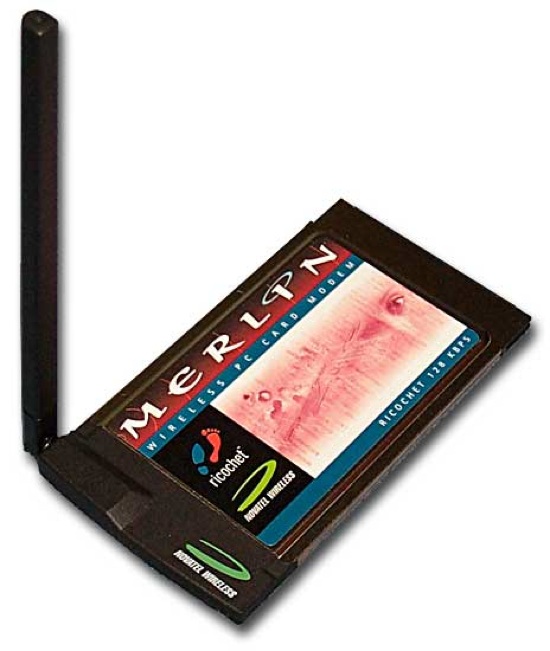
Communication was provided through 900 MHz modems with 1 W power and support for P2P connections, which can still be found on the black market.
Personal recharge Potenco Pull-Cord Generator : a simple and convenient device for the generation and accumulation of electrical energy.

One minute of exercise in your hand - and you can talk on the phone for 20 minutes or listen to an MP3 player for 6 hours. Unfortunately, the startup Potenco could not bring the device to the market and disappeared without a trace about five years ago.
Palm : the founder of the genre of handheld computers, which today received a second life in the form of modern smartphones and tablets.
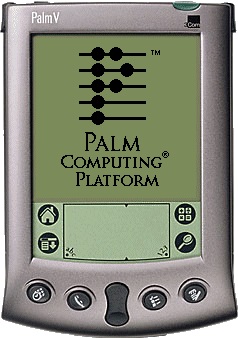
After the acquisition of Palm by HP, the new models will no longer be called Palm, and the operating system Palm OS (Garnet OS) is already outdated and has given way to webOS.
Watch and technology Microsoft SPOT : one of many innovative products that are invented by Microsoft, but rarely reach the mass market. These devices, however, went on sale in 2004.
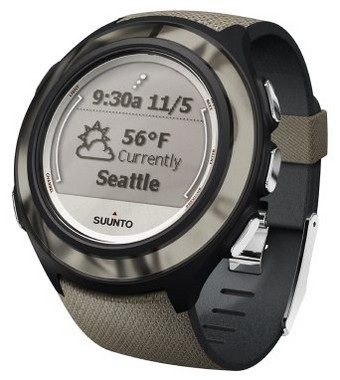
The original protocol used FM frequencies to transmit current information about weather, stock quotes, etc. Information service costs $ 59 per year and is still supported, although the clock has not been sold since 2008. The service itself will be terminated on January 1, 2012.
Cisco Flip Camera : A very handy, portable video camera that is smaller than a pack of cigarettes, with a USB connector.
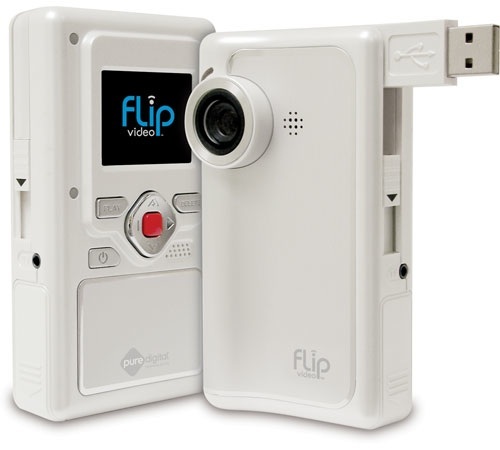
A few weeks ago, it was announced the termination of sales, although in 2009 the manufacturer of these cameras was purchased for $ 589 million.

If they had published the firmware on Github, the CAD on Thingiverse and the parts list on the wiki, then in a matter of months, millions of such self-made cameras would appear.
The editor of the magazine Make: Online Phillip Torrone (Phillip Torrone) appealed to commercial companies with a call to donate old and unnecessary projects in open source.
Torrone gives a lot of examples when discontinued devices could get a second life, but his article with examples is more like an obituary. It is unlikely that someone from the manufacturers will agree to give their product, even if it is dead from the archive, because this contradicts the basic principles of business. Very rarely some companies experience such “enlightenment” (for example, Nokia was going to give Symbian to open source after the end of the business cycle of this project), but these are rather exceptions to the general rule, or they can change their mind and cancel their decision.
So, to the list of the untimely dead, whose death is especially sad.
')
Sony AIBO robots : discontinued in March 2006. A whole family of various toys, since 1999, more than 120,000 pieces have been sold. For many, these were examples of how robots can live alongside humans and bring joy.

However, the company was frightened by the first cases of modding and hack Aibo and decided to kill the project in 2006 with the aim of "improving the profitability of the business."
The humanoid robot Sony QRIO , listed in the Guinness Book of Records as the world's first two-legged robot capable of running: it was announced that production would stop on January 26, 2006, and the model never went on sale.

Together with Aibo, these projects took decades of research and development. If they had passed into the public domain, Sony’s reputation would have risen to such a level that none of the saddest events could have changed that (by the way, about the recent data leak of 75 million Sony PlayStation Network users).
IBM Deep Blue : although this is a controversial example, because the product was non-commercial, but still it was the first chess computer that won Man (with a capital letter not because it was Kasparov, but because it was the best representative of the human species in chess on that moment) .

Although IBM is as friendly as possible with the Open Source community, it never showed the source code for Deep Blue. But now it has already been more than ten years, probably already possible?
Ricochet Wireless : even before the advent of 3G, WiFi and other technologies, the American company Ricochet has already (since 1994) tried to deploy a global infrastructure for ubiquitous wireless Internet access. Unfortunately, at that time the broad masses of the population still did not understand their happiness, it came to them only ten years later. Ricochet ceased to exist in 2001 by an unfortunate coincidence (the parent company went bankrupt), although Ricochet’s tariffs and coverage in some regions were already much better than the tariffs and coverage that current US cellular operators provide. Just imagine: anlim 128 kbps for $ 29 per month - this is in 1999!

Communication was provided through 900 MHz modems with 1 W power and support for P2P connections, which can still be found on the black market.
Personal recharge Potenco Pull-Cord Generator : a simple and convenient device for the generation and accumulation of electrical energy.

One minute of exercise in your hand - and you can talk on the phone for 20 minutes or listen to an MP3 player for 6 hours. Unfortunately, the startup Potenco could not bring the device to the market and disappeared without a trace about five years ago.
Palm : the founder of the genre of handheld computers, which today received a second life in the form of modern smartphones and tablets.

After the acquisition of Palm by HP, the new models will no longer be called Palm, and the operating system Palm OS (Garnet OS) is already outdated and has given way to webOS.
Watch and technology Microsoft SPOT : one of many innovative products that are invented by Microsoft, but rarely reach the mass market. These devices, however, went on sale in 2004.

The original protocol used FM frequencies to transmit current information about weather, stock quotes, etc. Information service costs $ 59 per year and is still supported, although the clock has not been sold since 2008. The service itself will be terminated on January 1, 2012.
Cisco Flip Camera : A very handy, portable video camera that is smaller than a pack of cigarettes, with a USB connector.

A few weeks ago, it was announced the termination of sales, although in 2009 the manufacturer of these cameras was purchased for $ 589 million.

If they had published the firmware on Github, the CAD on Thingiverse and the parts list on the wiki, then in a matter of months, millions of such self-made cameras would appear.
Source: https://habr.com/ru/post/118423/
All Articles